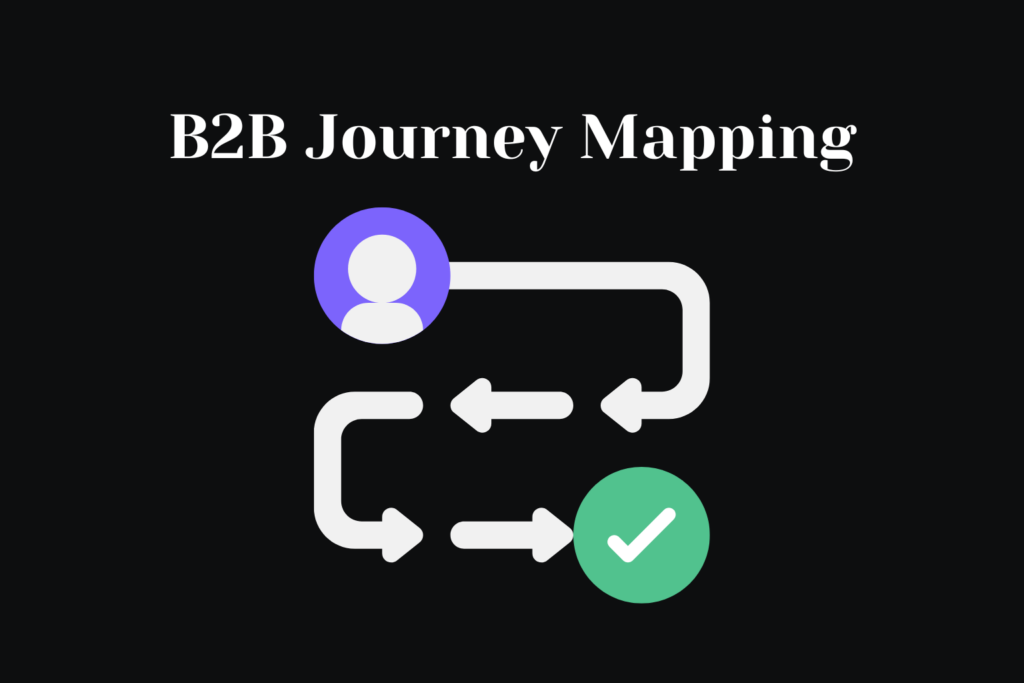Introduction
In today's dynamic B2B landscape, analysing and addressing your customer's needs are paramount for success. A highly effective method to accomplish this is by developing a B2B customer journey map—a visual tool that captures the entire customer experience, from the first point of contact to long-lasting loyalty. In this blog, we intend to explore concepts of B2B customer journey mapping, discuss its various stages and teach you how you can create one for your company. We'll also provide some tips on how to optimise your client's journey for the highest impact. Let's Dive in!
What is a B2B Customer Journey Map?
A B2B customer journey map is a strategic tool used to visualise and analyse a customer's complete experience with your business, from initial awareness to post-purchase or sale support. By mapping the customer journey, you can pinpoint your marketing and sales funnel's weaknesses and your customer's frustrations. This helps to find avenues for enhancement.
Depending on the nature of your business, Customer Experience (CX) and user experience (UX) are among the components of your digital and offline journey. Ultimately journey mapping could lead to a better overall experience for the customer and increased revenue for your company.
Components of a Customer Journey
Let's take a look at various components of a typical B2B customer journey map. Each stage is often connected to one or various channels or touch-points, and usually, a department within your business is responsible to managing the relationship during that step. For example o
- Buyer Personas: Detailed profiles of your target customers, outlining their demographics, goals, challenges, and motivations.
- Journey Stages: These include awareness, consideration, decision, retention, and advocacy.
- Touchpoints: Each interaction point between your customers and your business. For example, website visits, social media engagement, and customer support call.
- Channels: The platforms or mediums used for communication and interaction, including email, live chat, phone, and in-person meetings (not to mention paid media such as Google Ads, Meta Ads, etc.).
- Customer Thoughts and Emotions: The emotional experiences of your customers at each stage and touchpoint, indicating satisfaction or frustration.
- Opportunities: Areas for improvement, enhancement, or innovation within the customer journey.
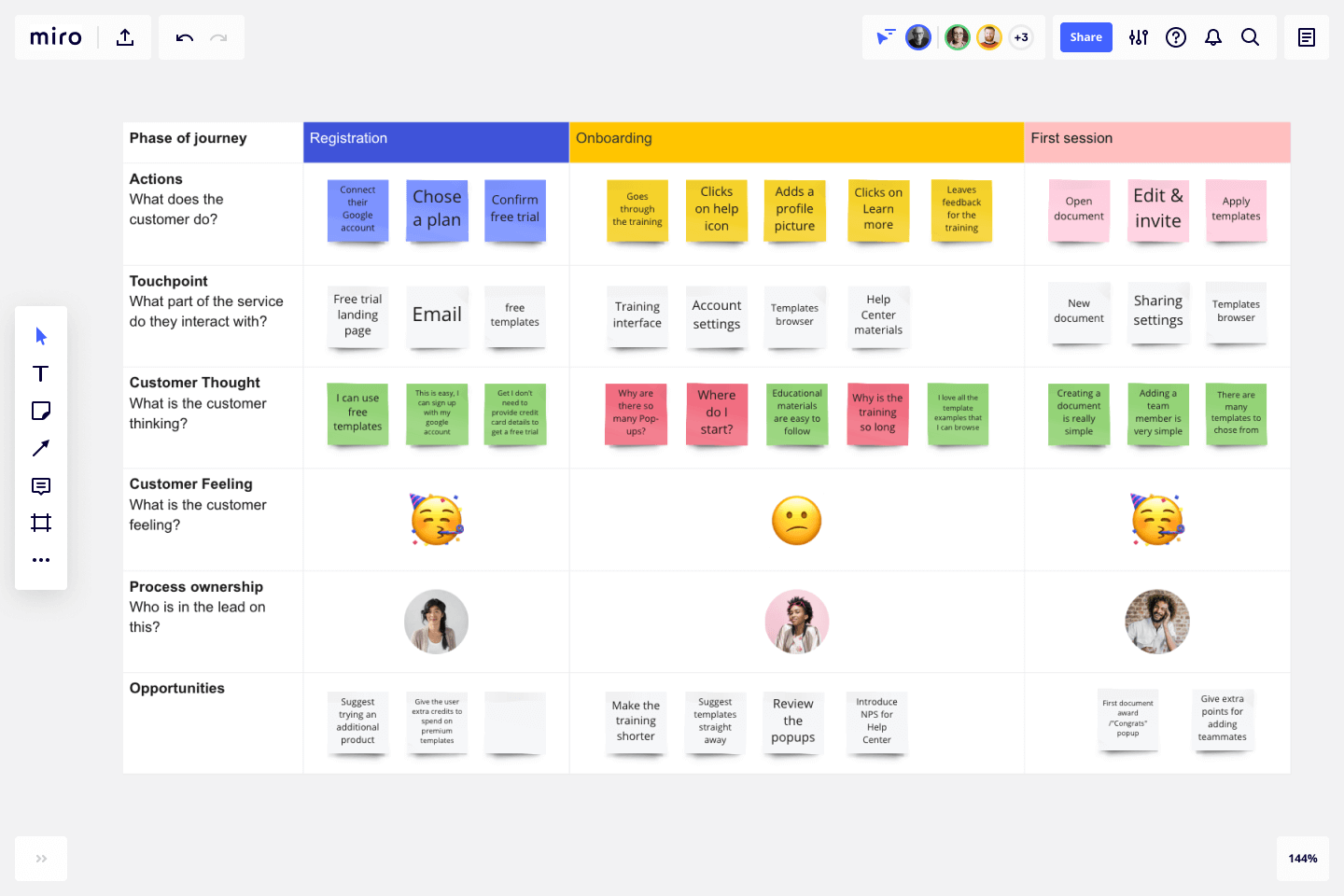
Benefits of Mapping you client's Journey
Implementing a B2B customer journey map could bring numerous advantages to your business:
For instance, creating a B2B customer journey map allow your business to have a Bird's-eye view of your customers' needs, expectations, and their experiences dealing with your brand. This holistic perspective allows your business to tailor its offerings and communications more effectively, leading to a smoother and more satisfying customer experience (CX). By identifying and addressing friction points or gaps in your customer journey, you can significantly improve your ROI on marketing and achieve better results with existing resources.
As a digital marketing agency, we use Mirro on a daily basis. If you're looking for a Customer Journey Map Template, we'd recommend clicking on the hyperlink and using that template free of charge! If you're interested to work with us, take a look at our marketing packages & pricing page.
Moreover, a well-defined journey map fosters loyalty by understanding and catering to customers' needs, which ultimately leads to increased customer retention, repeat business, and a higher lifetime value (LTV). In addition, journey maps facilitate better collaboration across departments, as they encourage cross-functional teamwork and help align marketing, sales, and customer service efforts to provide a consistent customer experience.
Finally, B2B customer journey maps support data-driven decision-making, as they enable the stakeholders to make informed choices based on actual customer insights. This leads to the development of more targeted and effective strategies that further improve the customer experience and drive business growth.
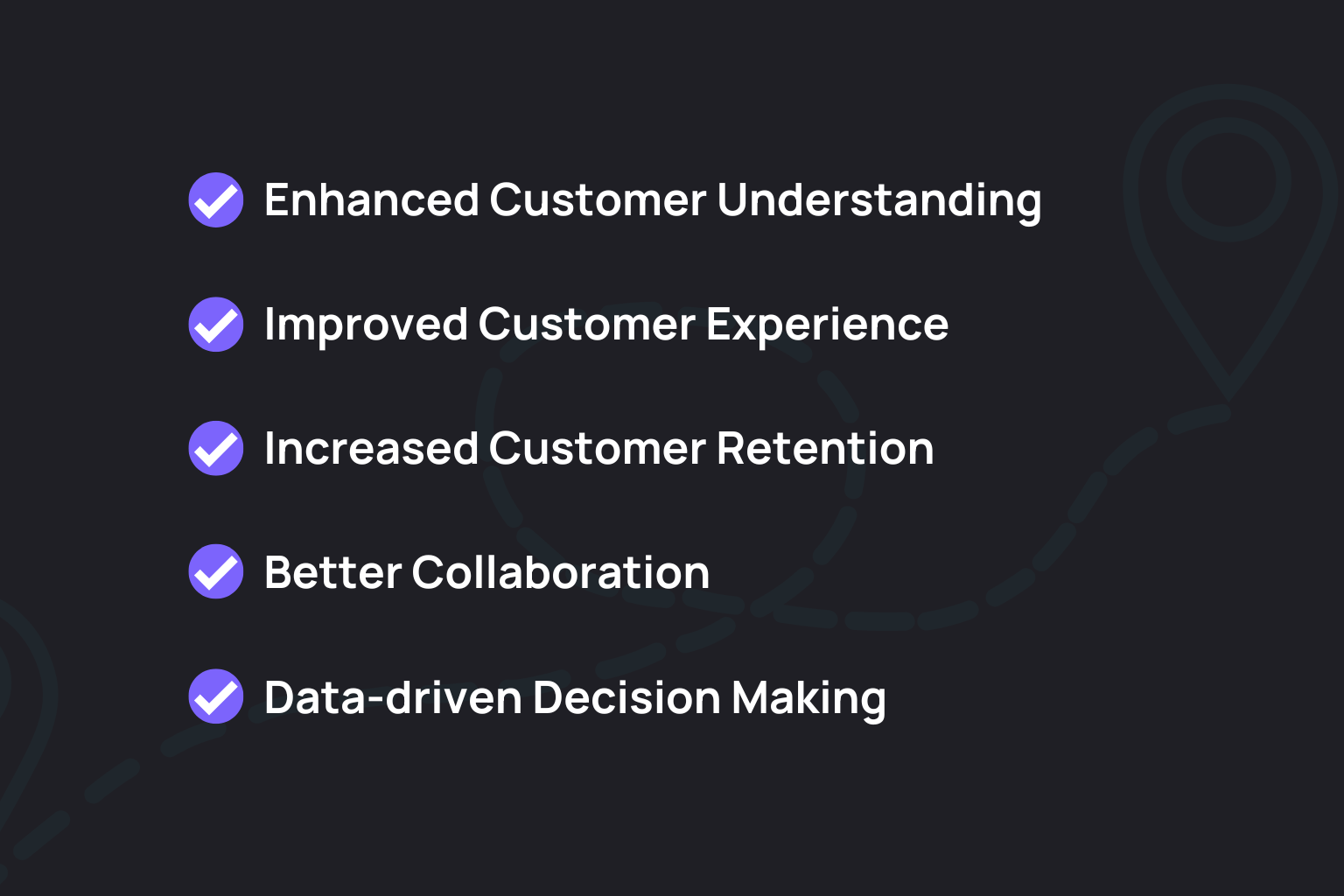
Differences Between B2B & B2C Touch Points
While both B2B and B2C customer journey maps share the goal of understanding and improving the customer experience, there are key differences between the two:
- Complexity: B2B customer journeys tend to be more complex, involving multiple stakeholders and decision-makers, longer sales cycles, and often, higher price points.
- Touchpoints: B2B touchpoints may include industry events, product demos, and contract negotiations, while B2C touchpoints often revolve around retail stores, e-commerce websites, and customer reviews.
- Emotional Factors: B2B customers are typically more focused on ROI, reliability, and long-term partnerships, while personal preferences, emotions, and brand loyalty may influence B2C customers.
Understanding these distinctions can help you tailor your B2B customer journey map to better address your business customers' unique needs and expectations.
How To Create a B2B Customer Journey Map
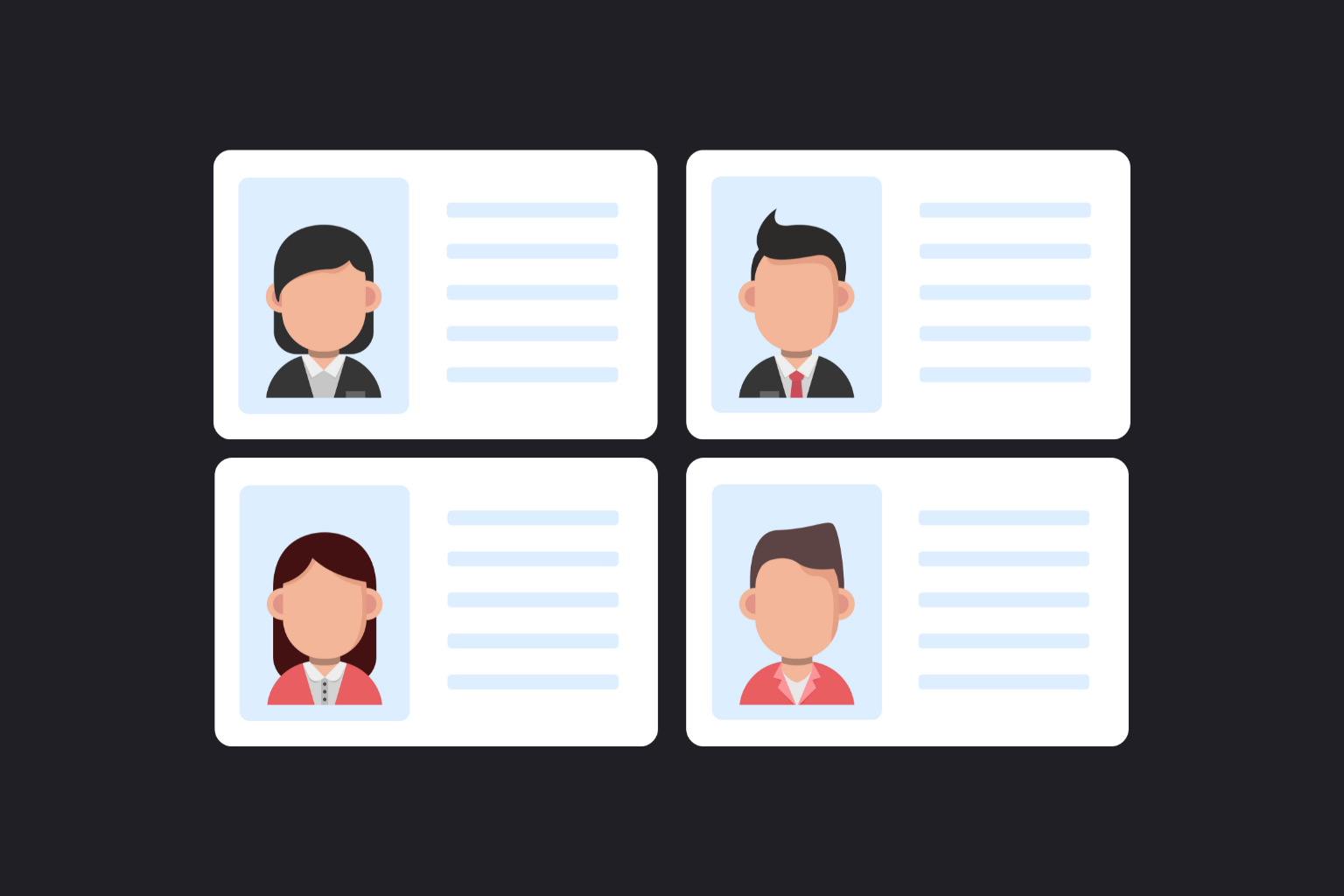
Creating a customer journey map involves several steps:
1-Develop comprehensive buyer personas
Dig deeper into your target audience by examining the key decision-makers' roles, responsibilities, objectives, and challenges. This may involve researching industry trends, interviewing existing customers, and analysing customer data.
2-Outline the customer goals in each stage in detail
Break down the customer journey stages and describe the actions, motivations, and decision-making processes at each stage. This helps in understanding the customer's mindset and anticipating their needs.
3-Uncover all touchpoints and interactions
Examine each point of interaction between your customers and your business, considering both online and offline channels. An online touchpoint could be your website or pricing page. Keep in mind that some touchpoints might be unique to certain buyer personas or industries.
4-Connect touchpoints with corresponding channels
At this stage, you'd need to list the channels that the customer interacts with during each stage. For example, you might be running Brand awareness ads on YouTube that leads to your landing page. The landing page is your touchpoint and YouTube is the channel that funnels visitors to the touchpoint.
4-Collect and validate data from multiple sources
Use a combination of qualitative and quantitative data sources, such as customer feedback, CRM data, website analytics, and social media monitoring, to paint a comprehensive picture of your customer's experiences. In the previous example, that could be a heatmap review of the landing page in conjunction with on-page analytics to understand if the information on that page is relevant or if the user is facing any potential technical difficulty.
5-Design a visually engaging journey map
Use various visual elements, such as icons, images, and colours, to create an easy-to-understand representation of your B2B customer journey map. This will facilitate communication and collaboration across your organisation.
6-Emotions and sentiment
Go beyond surface-level insights by examining the underlying causes of any gaps or pain points in the customer journey. Prioritise improvement using a cost-impact matrix. This way, you can select the most impactful improvements while being conscious of your budget. For example, if you have a lead capture/qualification form before your booking widget, you may want to make sure user doesn't need to input their info twice. Something as small as that could become a pinpoint and increase your bounce rate.
7-Implement, track, and iterate
After making the necessary changes to your customer journey map, monitor the results, and measure the impact on the KPIs) Continuously refine your map to adapt to evolving customer needs and market trends.
Real World Examples
Different industries and business models have unique touchpoints that are crucial for understanding and improving their customers' experiences. For instance, a SaaS company might focus on touchpoints such as website visits, demo requests, email campaigns, onboarding, and customer support interactions. These touchpoints represent essential aspects of the customer journey and can offer valuable insights into how the company can enhance its product or service offering.
Let's review Walnuts' Website as an example.
Upon visiting their website, which serves as the primary touchpoint for potential clients, you are immediately greeted by a captivating video loop that demonstrates the ease of creating demos. As you scroll further, a more in-depth video explains the advantages of using Walnuts. Toward the end of the page, a lead qualifying form appears as a popup, possibly through an AJAX call, to minimise page load times and optimise conversion rates. Additionally, a helpful chatbot is available to guide users, alleviating pain points and facilitating progress through the sales funnel. One often-overlooked aspect of the customer journey is simplicity, which Walnuts masterfully incorporates throughout its site.
👉 Check out our Blog on Improving Google Ads Quality Score

Optimise Your Customer Journey
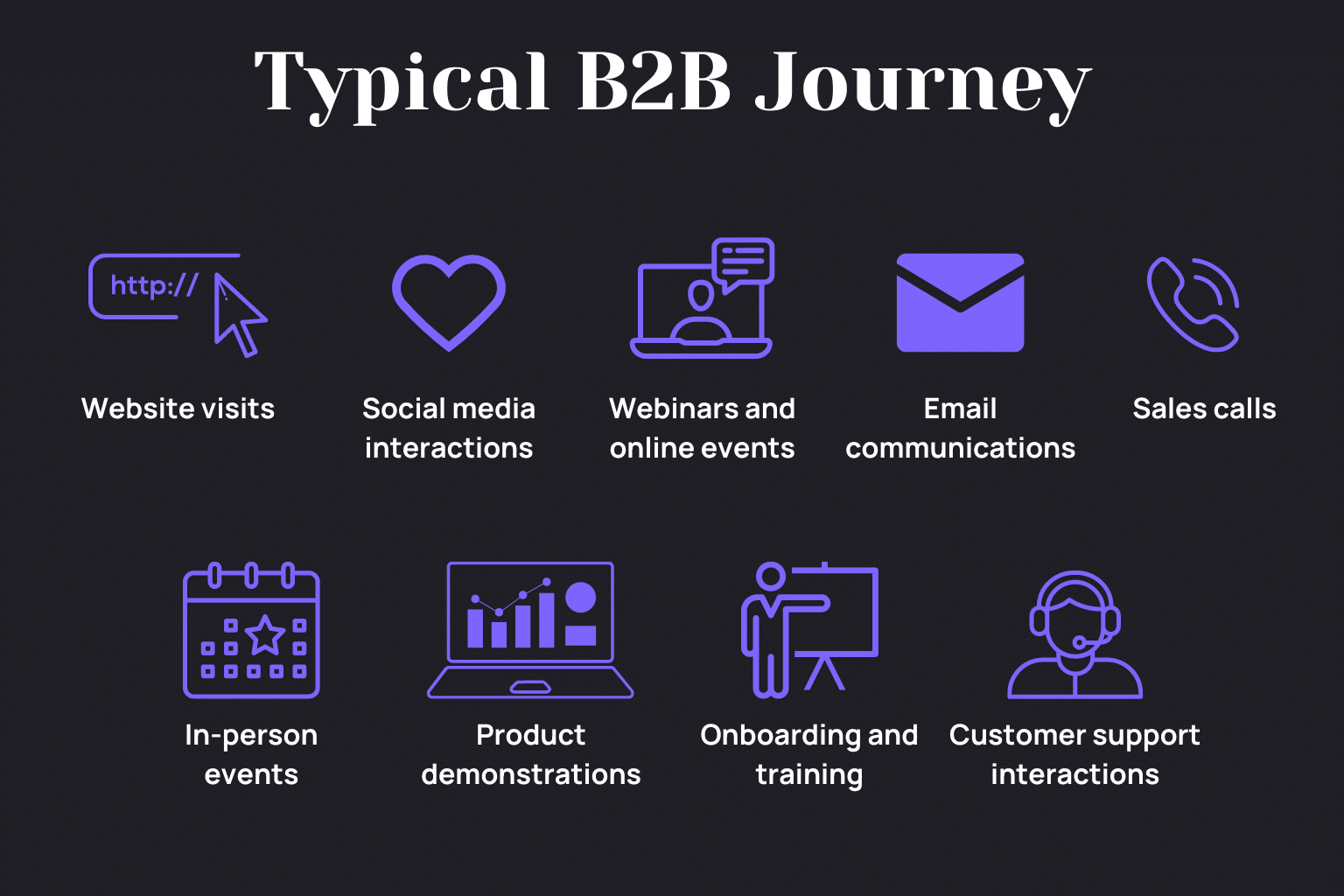
Optimising customer journeys involves a combination of personalising communications, aligning sales and marketing efforts, implementing feedback loops, and utilising analytics tools. For instance, personalised messaging tailored to the audience's preferences and pain points could help you increase engagement.
Enhance both the pre-sale & post-sale touchpoints:
Streamline the transition between the decision and retention stages to improve customer satisfaction.
Pre-sale stages include awareness, consideration, and decision, where businesses focus on attracting, engaging, and converting potential customers. Strategies for optimising pre-sale stages include targeted content marketing, personalised email campaigns, and product demos tailored to your audience's needs. There are cross-channel techniques you can use to connect these seemingly disjoined journeys. If you'd like to know more about this, book your consultation with us today,
Post-sale stages encompass retention and advocacy, where businesses aim to foster long-term relationships and generate positive word-of-mouth. To optimise post-sale stages, focus on customer support, regular communication, and loyalty programs to keep customers engaged and satisfied.
If you like what you're reading here, check out our blog on Last Touch Attribution Model and whether it's worth using it in 2023. We explained why you should or shouldn't use it depending on your circumstances.
Identify and address the pain points
Minimise friction points in the customer journey to enhance the overall experience. Make it easy for them to understand who you are, what you're offering, and what is the next step in their journey. Avoid overloading them with information. Some B2B brands provide so much information that it often creates an analysis paralysis for their visitors. This can only lead to lower conversion and higher bounce rates.
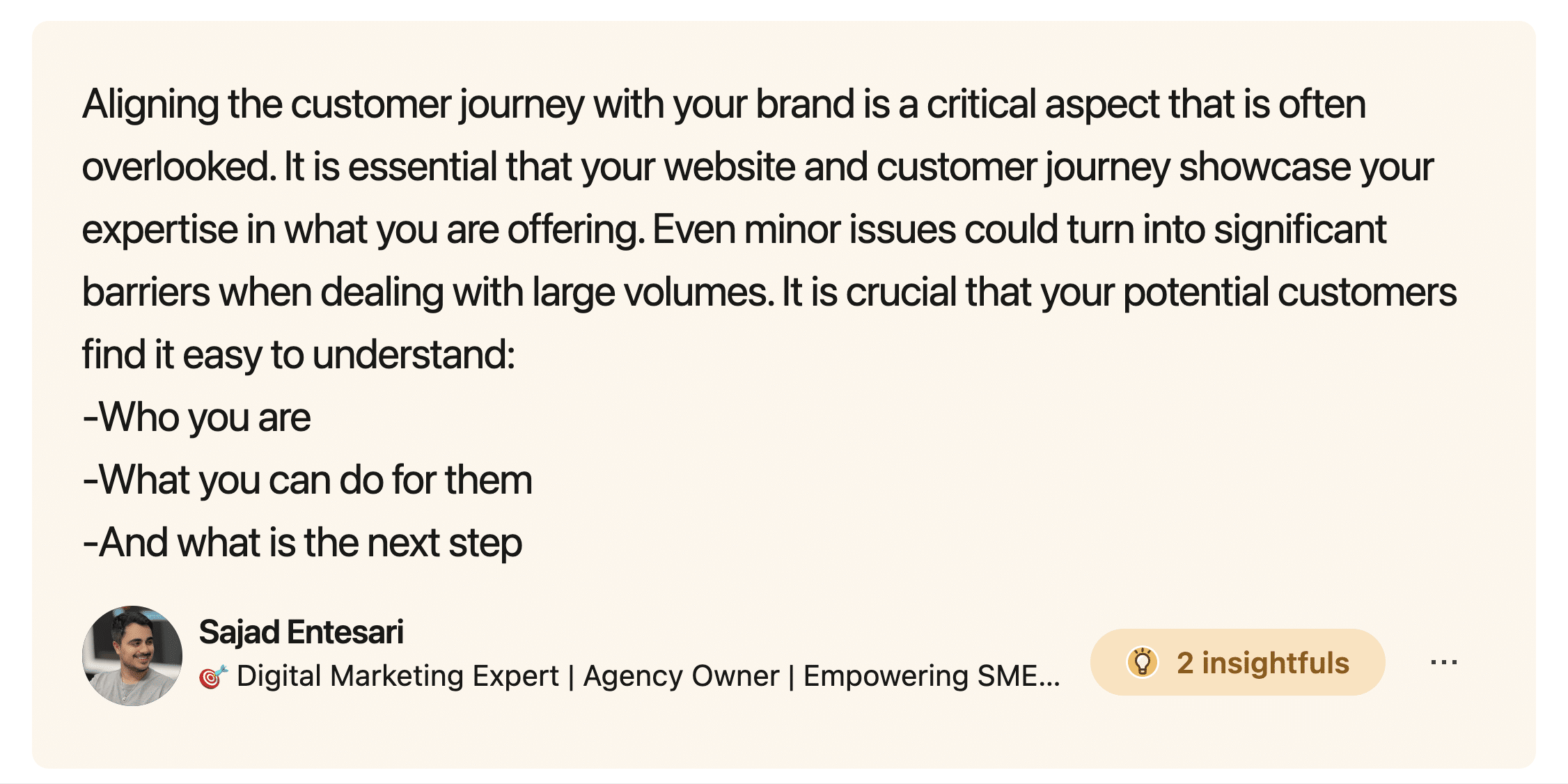
Strengthen your marketing
Align your marketing efforts with your customer journey stages to drive engagement and conversions. For example, if your landing page experience is sub-optimal, not only do you end up paying more for ads (Meta & Google charge more for bad experiences), your prospects may leave with a bad experience which would be harder to convince them to visit your site later on.
👉 Check out our Blog on Google Ads Alternatives
Implement a journey feedback loop
Implementing a feedback loop is essential for continuous improvement and adaptation of the customer journey. Consistently gathering and integrating customer input enables companies to pinpoint areas needing enhancement and make informed choices based on data to boost the customer experience. This iterative process keeps the journey relevant and aligned with evolving customer expectations.
A journey feedback loop is a continuous process of gathering and incorporating customer feedback to improve your B2B customer journey map. Steps to create an effective feedback loop include:
- Collect feedback: Use surveys, interviews, and analytics tools to gather customer insights at various journey stages.
- Analyse feedback: Identify trends, pain points, and opportunities for improvement from the collected data.
- Implement changes: Make necessary adjustments to your journey map based on the analysis.
- Measure results: Monitor the impact of your changes and track key performance indicators (KPIs) to assess success.
- Repeat the process: Continuously iterate on your journey map, refining it based on ongoing feedback and analysis.
Use Analytics to your advantage
Utilising analytics tools, such as Google Analytics and CRM systems, is vital for tracking customer behaviour and measuring the effectiveness of various strategies. These tools offer valuable insights into customer interactions, preferences, and pain points, enabling businesses to make informed decisions on optimising their customer journey maps. By leveraging these insights, companies can create a better, more satisfying experience for their customers, ultimately driving growth and success.
Conclusion
Mastering B2B customer journey mapping is key to understanding and improving your customers' experiences, driving satisfaction, loyalty, and growth. By following this guide, you can create an effective B2B customer journey map that helps you identify and address pain points, streamline touchpoints, and, ultimately, boost your business's success. Remember, customer journey mapping is an ongoing process, so make sure to continually gather feedback and optimise your map to stay ahead in the ever-evolving B2B landscape.

